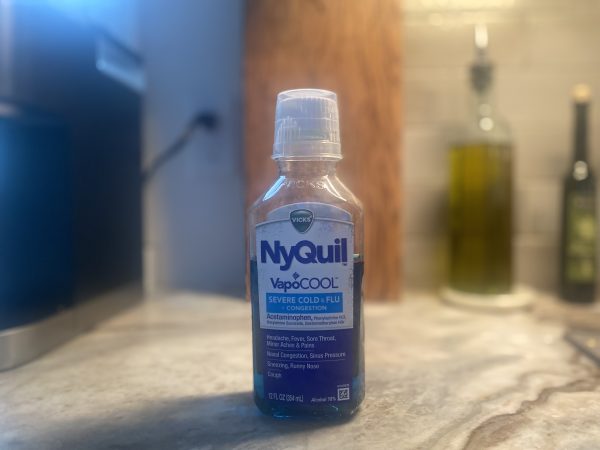Coronavirus Outbreak: What We Know
The China-originated epidemic, Coronavirus, has just reached a death toll of 800 over the weekend. That makes the fatalities officially surpass those of SARS, an epidemic (also from China) that plagued the nation from 2002-2003. The number of confirmed infections rose to 37,198, according to China’s National Health Commission. Eighty-nine deaths and 2,656 new cases emerged in the preceding 24 hours, most of them in Hubei Province, the heart of the outbreak. But while many have heard of the virus, most have no idea what it actually entails. So, what is the Coronavirus?
Coronavirus is a huge family collection of viruses that are common throughout most of the world and is interspecies including animals like camels, cattle, cats, and bats. Essentially, the viruses evolve to adhere to and infect people, spreading from one to the next. Coronavirus is airborne through sneezing, coughing, and close personal contact (i.e., touching, shaking hands, etc.). In that way, Coronavirus is comparable to previous outbreaks like the Middle East Respiratory Syndrome or Severe Acute Respiratory Syndrome.
People who have traveled to China within the time frame of it’s attack (especially in the Wuhan area), or those caring for someone with the virus are at high risk of contracting the disease. Patients are the most contagious at their most symptomatic (the sickest). Currently, the threat of someone in the United States becoming sick with the novel Coronavirus (2019-nCoV) is very low, however, 20 cases have broken out in the past weeks, 8 of which have their victims in quarantine on a cruise ship.
Coronavirus symptoms include fever, cough, and shortness of breath, though the illness can sit stagnant and free of symptoms for about 2 weeks. This component of the disease means that it is highly likely that a victim will not exhibit any symptoms for a while, even after exposure. Many people in the U.S. have admitted themselves for examination after noticing such symptoms. As of February 5th, 11 of the examinations tested positive, 206 negative, and 76 pending. The states infected include California, Washington, Arizona, Illinois, and Massachusetts.
So, if the Coronavirus has yet to hit most of the U.S., how has it impacted our community? As an English teacher at Pennridge High School, many students and teachers surround Mr. Jonathan Edwards daily, so preventing sickness is very important to him. Edwards says he has found it concerning ever since the World Health Organization confirmed it a deadly risk. “If you are exposed and go on a plane, to the mall, or to work, and are unaware that you are infected, are we fully prepared? Can we contain people, possible false information on social media, and the hysteria?” Dr. Wyatt of the same district, an Anatomy teacher, also weighed in on the concern and has similar things to say. When asked if he believed the Coronavirus caused any immediate danger to him and those around him, he stated “Any virus is worthy of cause and concern, viruses can mutate, but we want to avoid mass hysteria. Of course I’m worried, however, I have faith in the CDC and their ability to track and to contain.”
What is most important, then, is to take any precautions necessary to prevent the spread of this outbreak any further. Unfortunately, the contagiousness seems nearly out of our hands, but there are always cautionary measures to take in day-to-day life. Pennridge Nursing Coordinator, Mrs. Tennett, says the risk is low in Pennsylvania as the CDC continues to monitor daily for any new cases. When asking her about prevention tips for viruses in general, she said, “Use universal precautions. Practice good hand washing, sneeze into a tissue or your arm, never your hands! Stay home when you are sick, and make sure to disinfect.”
If there’s one thing that you can do to protect yourself and those around you, it’s to stay clean! Doctors recommend washing your hands frequently with soap and warm water, avoiding touching eyes and nose, maintain a healthy immune system (healthy lifestyle), and in extreme cases, when in close proximity to an affected region, wear a mask.
Interests: Writing, Baking, Running, Extracurricular Activities (Mini-THON, Yearbook, Costuming, Key Club, etc.)
Goals: Graduate from Pennridge High...









